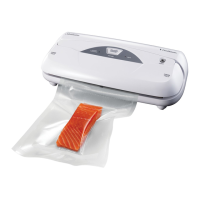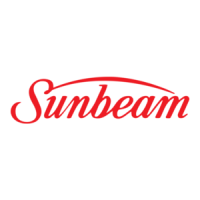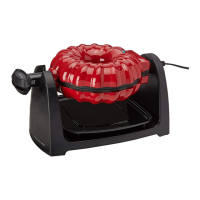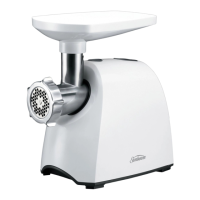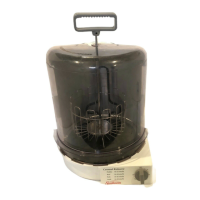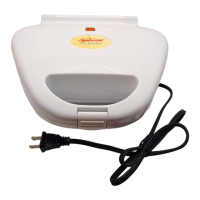8
Storage of Dried Foods
• Containers should be moisture and insect
free.
• Glass jars with metal screw lids are ideal
containers. Food stored in plastic bags,
should be stored inside an insect proof
container.
• The storage area should be cool, dry and as
dark as possible. The ideal temperature for
storing dehydrated food is 5-20ºC.
• Dried food can be covered in plastic wrap
and stored in a container in the freezer.
See tips on Beef jerky for correct storage on
page 21.
Important
Check for moisture by shaking the content of
your storage container several times during
the first week after the food has been dried.
If moisture appears on the inside, the food
has not been sufficiently dried and should be
returned to the food dehydrator, for further
drying.
Do not place warm produce into storage
containers, as condensation will form causing
mould and mildew. Allow food to cool on
racks before storing.
Rehydrating Dried Foods
Rehydration is the process of putting the
moisture back into foods that have been
dried.
• Dried foods can be partially rehydrated by
soaking in water or cooking.
• To conserve the nutritional value of the
rehydrated food, use the liquid remaining
after soaking or cooking, in the rehydration
recipes.
• One cup of dried vegetables generally
reconstitutes to two cups of vegetables.
• One cup of dried fruit reconstitutes to one
and a half cups of fruit.
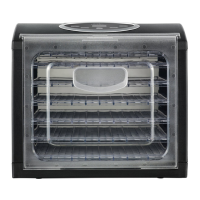
